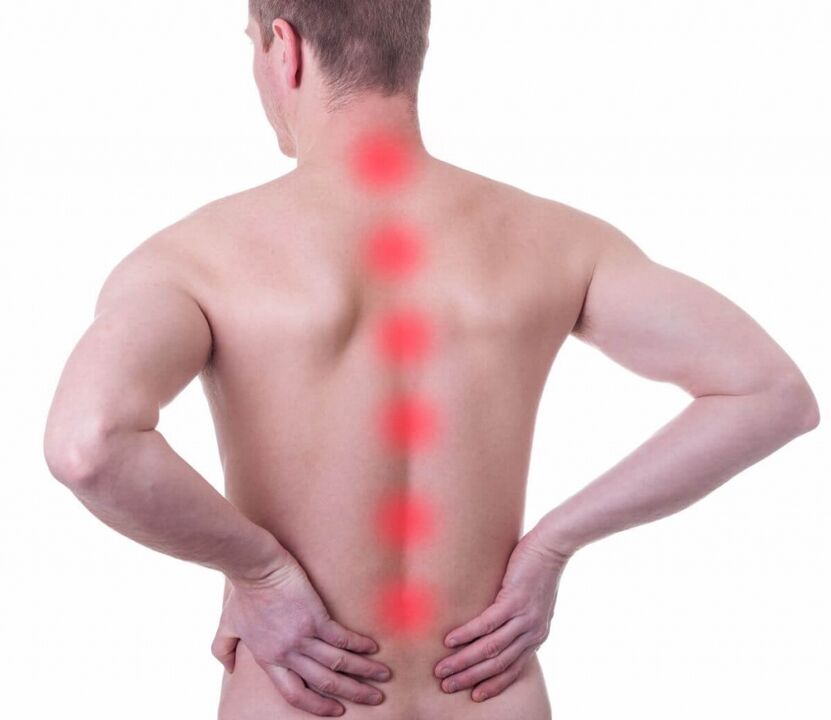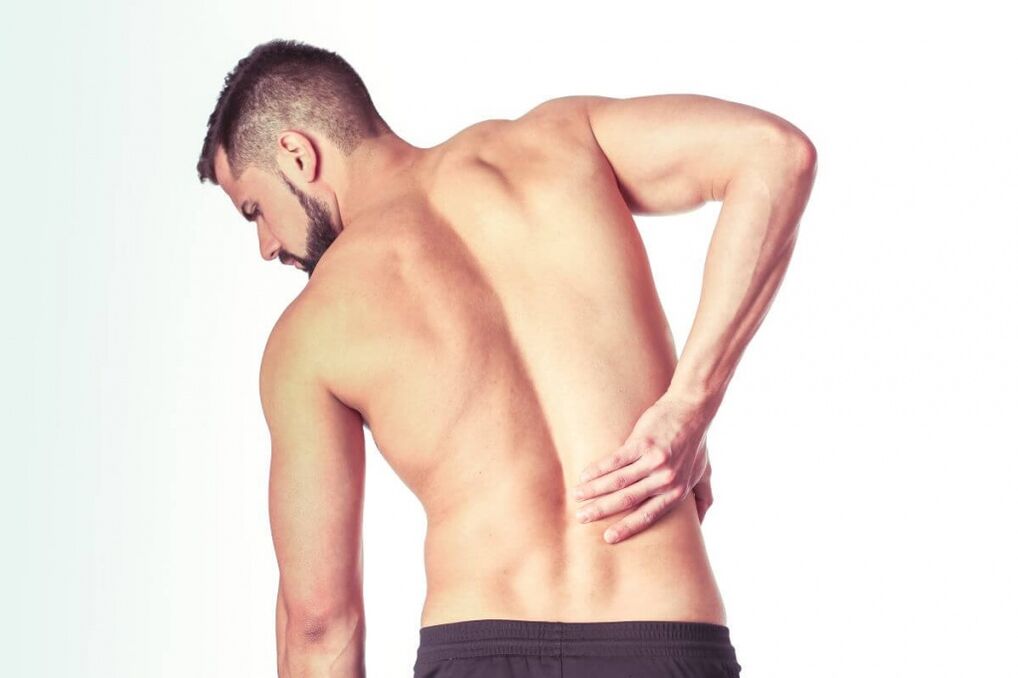Some possible causes of pain

Type of pain sensation
Some possible diagnostic methods

Treating back pain above the waist
- Take non-steroidal anti-inflammatory drugs.Internal and topical NSAIDs are commonly used to relieve nonspecific back pain, osteochondrosis, hernias, and other conditions. Classes of such drugs include the active ingredient in the composition - nimesulide;
- Take muscle relaxants.They are designed to help combat muscle spasms, thereby improving mobility and reducing pain;
- Take other medicines.For visceral disease or back pain during pregnancy, the combination of medications will most likely be different;
- Physiotherapy and exercise therapy.During the acute phase, various physical therapies may be recommended to relieve pain and hasten improvement. These include, for example, electrophoretic analgesics, pulsed electric current, ultraviolet radiation, massage, exercise therapy, as well as mineral baths, mud therapy, etc. ;
- Surgical treatment.Surgery for a herniated disc may be performed if other methods of pain relief have not worked for an extended period of time, or may be performed based on the results of an MRI, X-ray, or X-ray.

























